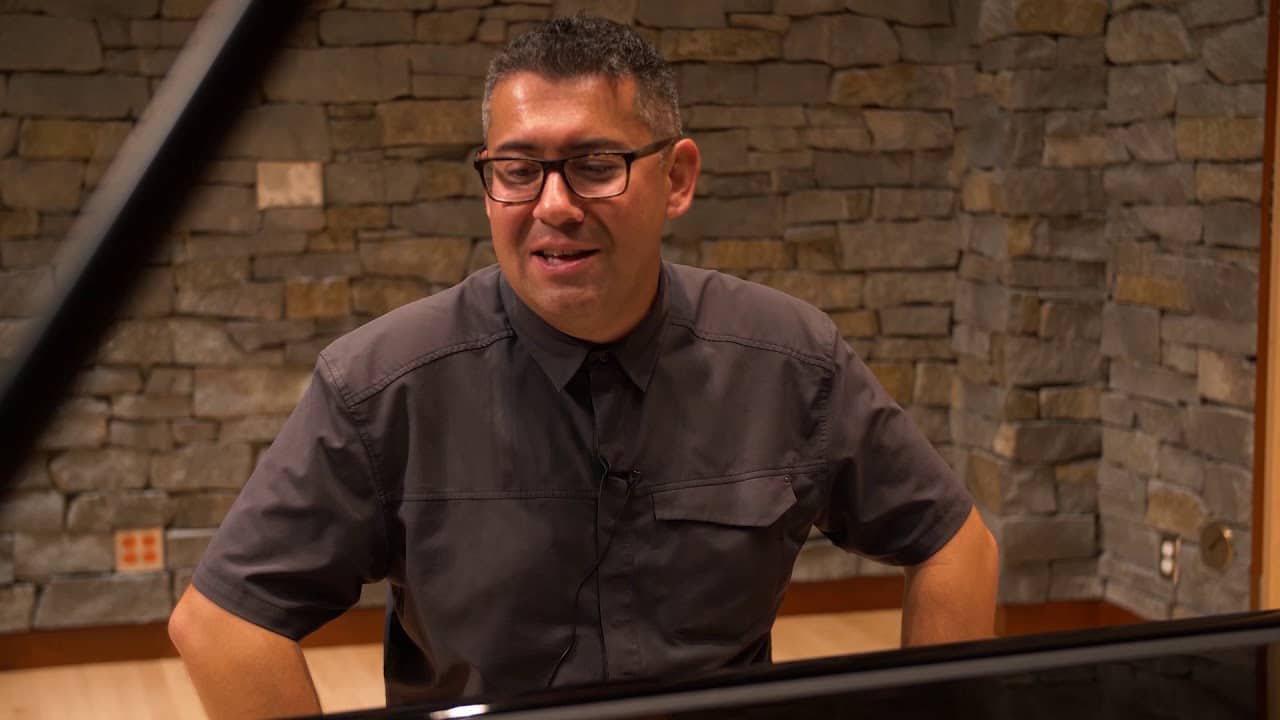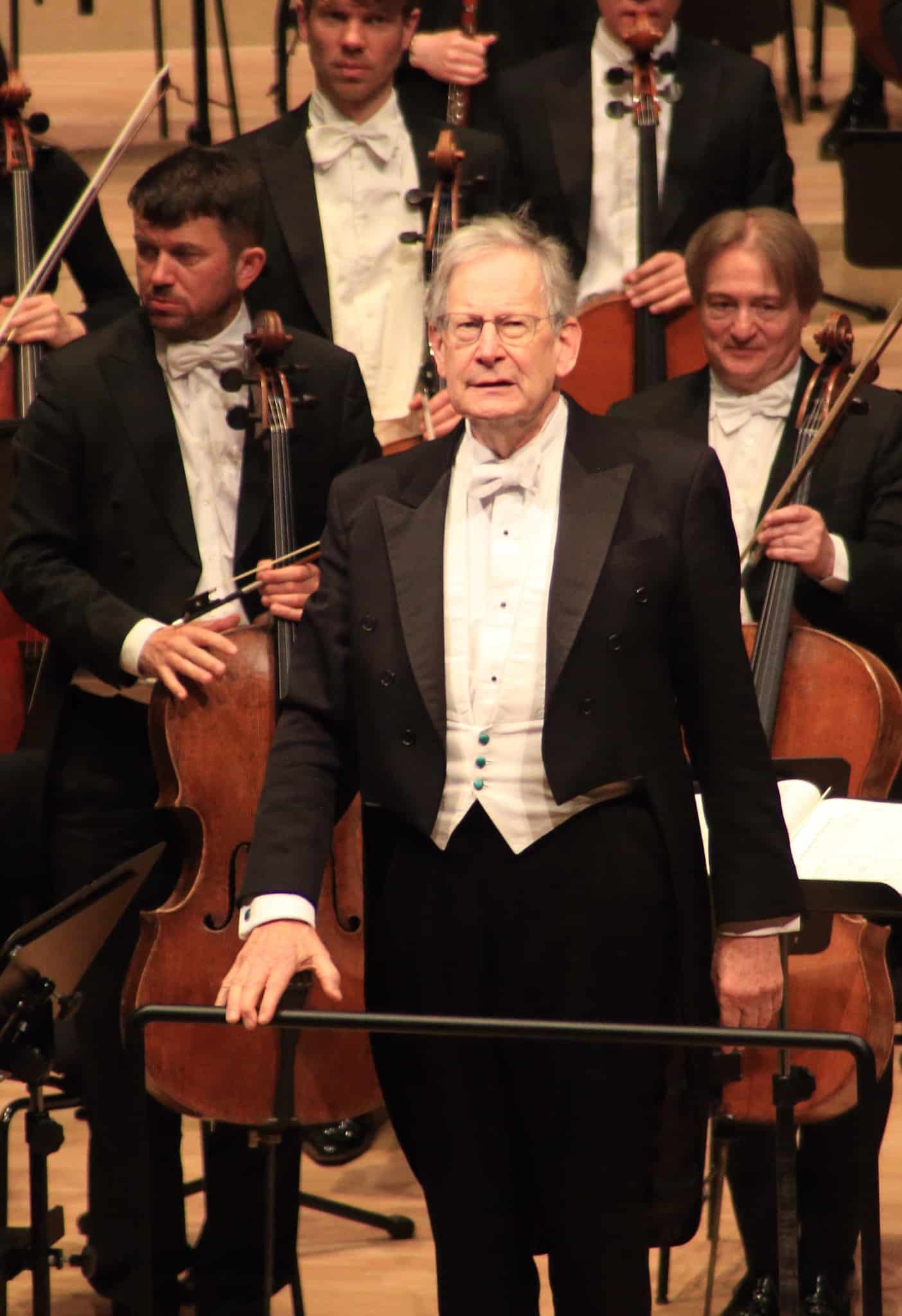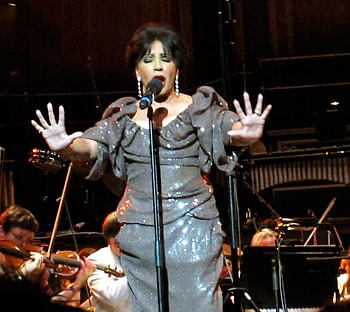Is Hamburg Steinway better than New York?
mainThe Vancouver Symphony have chosen a German-made grand and are making a song and dance getting it out of the box.
Watch.


The Vancouver Symphony have chosen a German-made grand and are making a song and dance getting it out of the box.
Watch.

Eyebrows rose in April last year when the…

More news from the valleys: The Royal Welsh…

The Orchestre National de France has named its…

The German gadfly Axel Brüggemann has spoken to…

Session expired
Please log in again. The login page will open in a new tab. After logging in you can close it and return to this page.
The two are very different beasts. The Hamburg Steinway has a sweeter, more singing sound, especially in the top range, and the New York Steinway has more power. The very best of either can do both, and the right technician can bring out the most in the instrument.
Monopoly.
I believe pianists are rather split on the question of “which is better, the Hamburg or NY Steinway”. It’s like asking which is better, a porterhouse steak or prime ribs.
But all are in agreement on the fact that each and every piano is an individual being.
Great, good and not-so-good pianos come from both Hamburg and NY.
And it’s also a matter of which individual piano suits each individual player.
I’ve always referred Hamburg over the New York but this is a matter of taste. New instruments like the Fazioli are excellent but for me, the Hamburg will always be the king.
She sounds gorgeous. And Mr. Parker plays marvelously.
Yes. No doubt. N
It’s irrelevant. Bechsteins are better than both.
Is it better? No. Is it different? Yes.
It depends of course on the individual piano, but I find the new Hamburg Steinways “clangy” (to use Alfred Brendel’s description) and metallic in the range from forte and above. In the trichord region the tone lately sounds cheap and Yamaha-like. The Renner hammers, which NY does not use, are very hard. I also find that the Hamburg pianos have less potential for colour than the NY model D. The bass on the NY Steinway is usually far superior, with a snarl and ‘white’ ring rather than the sour one I hear on the Hamburg pianos. Old Hamburg Steinways were far more responsive in almost every way, but by comparison with the NY Steinways they had no power in the bass. The Hamburg Steinways are more consistent in quality than those from the NY factory, but to my ear that consistency is not something I want. I think that pianos in general are simply not what they were. There is a shortage of the best wood, it’s not cured in the same way, they have become assemply line products to a degree that they were not in the past.
The young pianists’ ears are accustomed to what I think is ugly and don’t seem offended by the hard, percussive metallic sound that was possible to avoid even at fff on the best American Steinway D. There’s a CD with Agerich and someone else playing Rachmanonoff four-hand works. The sound is so hard a brash I cannot listen to it. Howowitz’s NY model D from the mid-’60s was an exceptional piano. It had a long sustain (even when not played by the master of the singing tone) and when the hammers were not over-hardened it did not buzz and twang at fff.
I note that the big names of today are generally using Hamburg pianos even in America. I think it’s a shame to lose the difference between the two.
It’s also a shame that other good pianos such as Bluthner and Bechstein are not available in concert halls. Listen to the tone of Cziffra’s Pleyel in the Franck Symphonic variations (YouTube video). The tone is lush and velvety, unlike anything available today.
The video didn’t go much into the differences, so found the following from David Andersen Pianos:
HAMBURG STEINWAY VS. NEW YORK STEINWAY: THE REAL DIFFERENCES
Everyone knows the brand name Steinway. It’s like Mercedes-Benz, or Google.
There’s a dozen other fabulous, expensive pianos made in the world—and only a single digit percentage—perhaps 5%—know any other piano brand at all, with the possible exception of that Asian brand that begins with a Y…
There’s another difference that piano people, but few others, know about. There are two Steinways: Hamburg Steinway and New York Steinway. The New York Steinway factory opened in 1854; the Hamburg Steinway factory opened in 1880. The United States, by and large, knows only New York Steinways. The REST of the world, all the other countries, know only Hamburg Steinways.
So, same company, right? Yes.
Same ownership? Yes.
The pianos in both factories are identical, right? No.
Let’s start with the glaring differences:
• Different wood used in the rim—hardwood, but a different species; in New York Steinways, hard-rock maple is used; in Hamburg Steinways, it’s beech and a different species of maple. So—a different basic, fundamental sound.
• Different finish—the Germans have used polyester for over 30 years, and the Americans have stuck with lacquer—so the Hamburg instruments tend to be shiny, and the New York instruments tend to be satin or semi-gloss
• Different action parts—Hamburg Steinways use Renner parts, the oldest and, most say, the best wooden piano parts maker on the planet, made in Germany for 130 years. New York Steinways use parts made by them, or made by someone (I don’t know who) for them.
• Different kinds and species of spruce in the soundboards—means the essential quality of the ring, bloom, and sustain of the piano are subtly different.
• Different kind of hammers—Hamburg uses the Renner high-compression Weikert felt hammers; New York uses their own proprietary low-compression hammer, probably made out of Bacon felt. The high compression hammers are “opened up” and softened with needles to bring their tone out; the low-compression hammers are treated with hardening solutions and protocols to bring their tone out; very different voicing and attack qualities and procedures are necessary.
• The “arms” look different—the arms, or cheeks, the ends of the piano’s rim that flank the cheekblocks and the keys—are squared off in New York Steinways, and are rounded on Hamburg Steinways.
• Different bass strings—different makers; the German one very small, the American one the biggest in North America. Some, if not most, say the German strings are superior.
Finally, there are tonal differences between the two. New York Steinways have a unique tone that can best be described as “rich” or complex, while their Hamburg counterparts have a “cleaner’ or “crisper” sound. These differences are largely due to the different kinds of hammers the New York and Hamburg Factory use: New York Steinways use a low compression hammer that requires hardening as part of the final factory prepwork. Hamburg Steinways utilize the opposite; a high compression hammer that requires softening to bring it to its full tonal potential. Additionally, the kind of wood each manufacturer uses for the rim or case also has an impact on sound. New York Steinway uses rock maple for their rims, which is an incredibly dense wood that conducts sound beautifully. Hamburg Steinways use a slightly softer wood made of beech. That said, both pianos possess a sound quality that is uniquely “Steinway”, one that is instantly recognized by experienced pianists and technicians all over the world.
The obvious question at this point would be “Which one is better?” Like any fine piano, it really comes down to individual taste. We’ve maintained a handful of New York and Hamburg Steinways over the years that were all exceptional instruments, ones we’d rate in the top 5 percentile.
Post 1970 Hamburg Steinways are very rare to find in the US, and their market value is around 30% more than New York Steinways. If you haven’t had an opportunity to play a Hamburg Steinway, we currently have an extraordinary Hamburg B that would be an ideal candidate to compare to a New York B.
Interesting to hear Mr Parker put, into a few words, the differences in the sonic qualities of Hamburg and NY Steinways.
One of the reasons for the extra resonance is the fact that there is an extra octave on the low end of the piano.
There is nothing in the world like a German Steinway. 38 years ago, Alexis Weissenberg came in town to perform the Beethoven Emperor Concerto. He traveled with his own piano, a Hamburg Steinway.
The next day, the symphony was doing the two Brahms Piano Concertos with Andre Watts. He had asked Alexis if it was okay if he used the piano for the concert. Between the two of them, I got to hear the full range.
I had worked with Andre Watts before and if he had used a regular New York Steinway. Even though he was an absolutely magical and powerful musician, it was not until the German Steinway that I realized how it helped the artist perform in an intricate manner.
There’s nothing better…
And my second favorite is Bosendorfer. I find the New York pianos to be rather clunky and lacking a more sophisticated texture, but especially they are lacking in clarity and that really bothers me. In order to get any type of clarity from them, they must be perfectly in tune. Anything off, and it makes it very muddy sounding.
Depends on what you like.
I find most musicians carry their sound with them from instrument to instrument. Whatever they play on, they adjust their playing to sound as much like “themselves” as possible. Of course we all gravitate toward instruments that do that for us with the least amount of effort. (Pianists, of course, are unusual in that they have to play whatever’s available.)
I’m always amazed at how different my orchestra’s guest soloists manage to sound from each other, on the same New York Steinway.
Here’s the same song played by pianist Chilly Gonzales on a Hamburg Steinway vs. NY Steinway (listen to it with good headphones!)
Hamburg:
https://www.youtube.com/watch?v=xawlRpnisZA
NY:
https://www.youtube.com/watch?v=oVNUzF_uqDs
To my ears, they’re both absolutely outstanding pianos but in different ways. If you listened to the Hamburg video first and then the NY video second, your first reaction upon hearing the NY Steinway might be that it sounds a bit muffled in the treble, and it has a kind of inconsistency to the tone that the super well-refined Hamburg doesn’t have. But as I listen to the NY Steinway, its own strengths start to appear— it has an incredibly deep bass that blooms in somewhat unpredictable ways into a beastly snarl, so much that the Hamburg bass starts to sounds limited.
Another way I’d sum it up is one might prefer the Hamburg Steinway if you want 100% perfectly consistent tone and even feel up and down the scale. You’ll get crystal clarity and complete predictability, which is an important thing for a high stakes concert or competition. Or, one might prefer the NY Steinway if you’re looking for an instrument that may be imperfect but whose tone has soul.
It also depends on the music you’re playing. More romantic pieces by Rachmaninoff and Scriabin need the growl of an NY Steinway bass to be convincing. Mozart or Bach or most contemporary pieces where the “collective pattern of sounds” is more important than individual notes might do better with the even, crystal like tone of a Hamburg.
Also worth noting that in my experience*, the median Hamburg Steinway is “better” than the median NY Steinway, and by “better” I mean it’s more consistent and more concert ready (of course there can be other reasons to love a piano beyond just how concert ready it is). That said, I think a truly amazing NY Steinway could blow an amazing Hamburg Steinway out of the water, but amazing NY Steinways are hard to find. But finding them is part of the fun.
* = my unprofessional experience as a completely amateur classically trained pianist who has played lots of Steinway grands
not in design —look at the superior pedal lyre on N Y Grands -a metal pedal assembly–easily serviceable and much more durable. Also I .never have to tighten plate bolts on N Y grand that goes through a winter season.